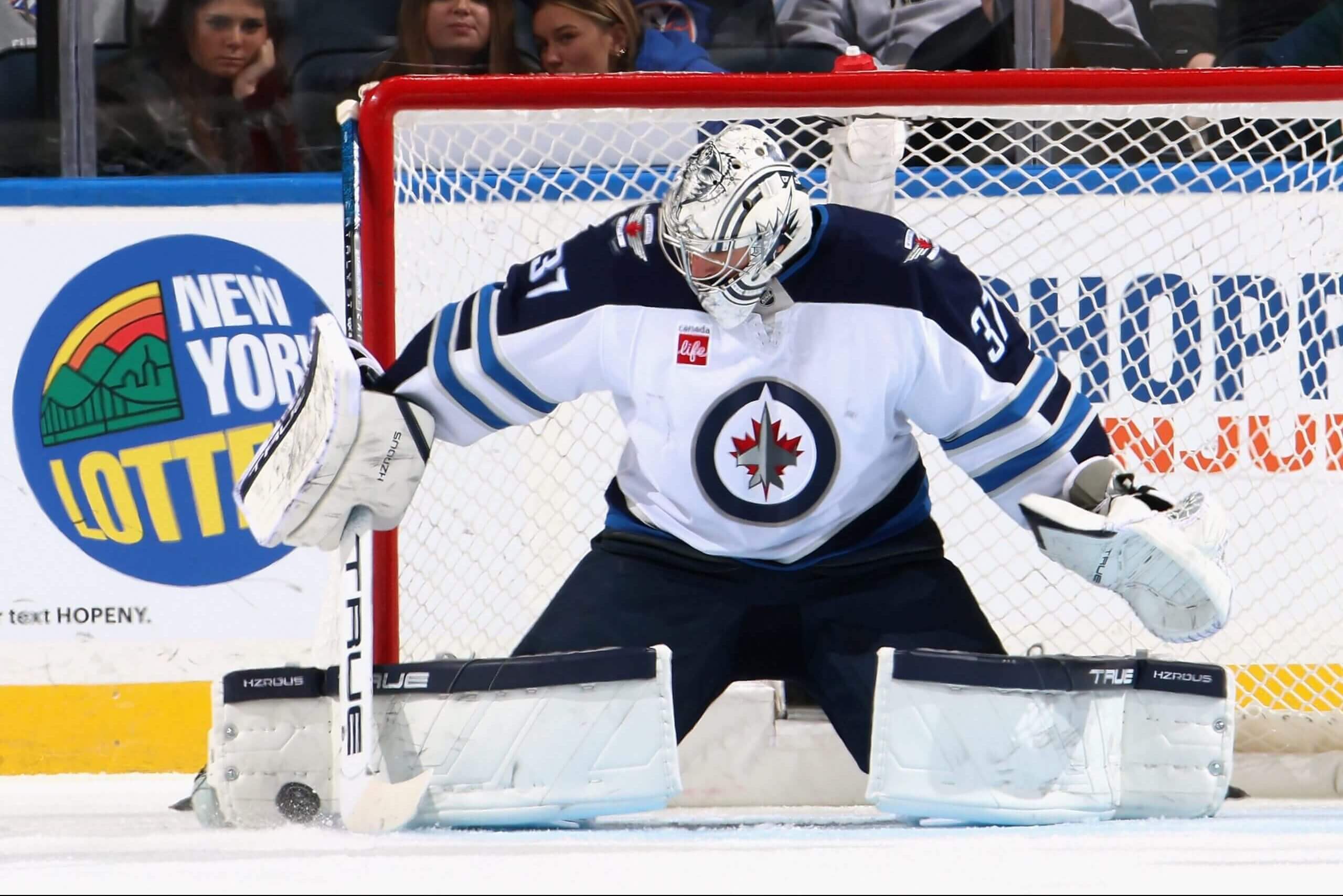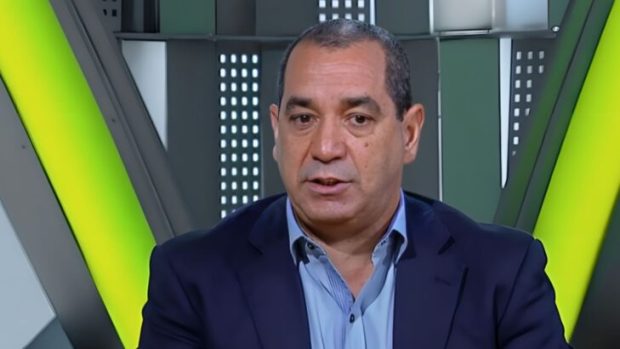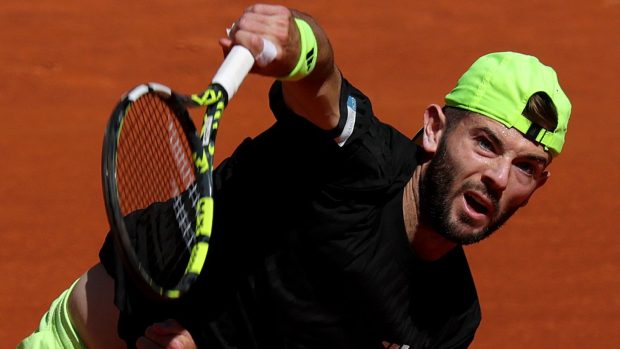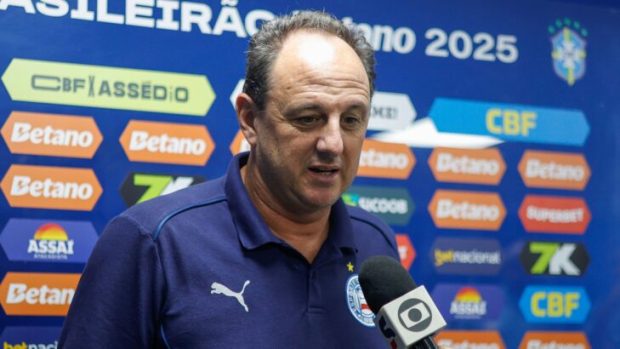
The St. Louis Blues were 22 seconds away from playing the Vegas Golden Knights in the first round of the playoffs.
But a goal by the Minnesota Wild’s Joel Eriksson Ek earned the Wild a point against the Anaheim Ducks, and with that, the Blues’ opponent switched to the Winnipeg Jets. The series starts Saturday at 5 p.m. CT at Canada Life Centre.
Advertisement
That Winnipeg won the Presidents’ Trophy this season, and that the Blues went 1-2-1 against the Jets in the teams’ four meetings, proves it will be a hard series.
But the pressure will weigh heavily on Winnipeg beginning with Game 1. The Jets will be reminded they were the favorite against the Blues in 2019 and became the first team to fall on St. Louis’ way to the Stanley Cup.
Winnipeg, not Vegas, may just be the opponent the Blues want. Do they look nervous? We’ll find out.
For a closer look, I’m bringing in colleague Murat Ates, our man on the ground in Winnipeg. Ates provides fantastic coverage of the Jets, and I really recommend following him on X and Bluesky and reading him here at The Athletic throughout this series.
Rutherford: I don’t think many people predicted Winnipeg to win the Central Division, much less the Presidents’ Trophy. What’s made the Jets so good this season?
Ates: The Jets were better than I expected them to be for two main reasons. First, the Jets’ power play was dynamic for most of the season, with multiple ways to create Grade-A scoring chances no matter who had the puck on their stick. Second, Connor Hellebuyck put together a spectacular season, somehow improving upon last year’s Vezina Trophy-winning performance by leading all starters in wins, shutouts, save percentage, goals-against average and goals saved above expected. He could win the Hart Trophy this season, has already won his second straight William Jennings Trophy, and is a near lock to win his second straight Vezina.
But you asked why the Jets were good. The real answer is that somewhere along the line, the Jets’ star forwards bought in to team defense, and the role players developed such a complete game that they created offense, too. Mark Scheifele and Kyle Connor used to put up point-per-game seasons but give up even more goals than they created. They’ve worked hard under Scott Arniel (and Rick Bowness before him) and turned from a matchup that other teams could exploit into a star tandem that takes care of winning the puck before rushing off on the attack. They have the puck more often, score more often and get beat less often than they did in years past.
Advertisement
The Jets’ depth forwards are also wildly underrated. There’s a hard-forechecking, annoying-but-effective player type Winnipeg used to lack but has since added multiple times over in the form of Alex Iafallo, Nino Niederreiter, Vladislav Namestnikov and Brandon Tanev. Adam Lowry’s shutdown line, usually with Niederreiter and Mason Appleton, has played some of the toughest minutes in the NHL this season and won by fighting for the toughest parts of the ice at both ends of the rink. I’d argue Winnipeg’s overall advantage over most teams is more about its depth than its top-end forward talent.
Josh Morrissey leads a defense corps that has learned how to contribute to offense with or without his skating ability. The Jets forecheck — and backcheck — way better than they ever have, so the defense can gap up on their blue line early and aggressively. Winnipeg does a good job of forcing turnovers (or dump-ins) at the line, turning and making great passes to send its forwards up the ice. I thought that was the biggest part of what went well for the Jets against St. Louis earlier this month — yes, the Blues defended their zone brilliantly, but Winnipeg spent a ton of time on offense. Why? Because the Jets worked their tails off to stuff St. Louis’ entry attempts at Winnipeg’s line. That’s not a star power thing, it’s a team buy-in thing.
And Winnipeg is better bought-in this season than at any point in my memory of covering them.
Rutherford: Last season, the Jets picked up 110 points but got picked apart by Colorado in the playoffs. Plus, there was that whole “Spittin’ Chiclets” storyline about Winnipeg being frauds. Is this version of the Jets an actual playoff threat?
Ates: Short answer: Yes, yes, they are.
Longer answer: This season’s Jets were always going to be judged by their playoffs. That’s the cost of Winnipeg’s disappointing playoff history. Winnipeg had already made substantial year-over-year improvements to go from missing the 2022 playoffs to getting beaten by Vegas in 2023. They got even better with Lowry as captain last season (and malcontent Pierre-Luc Dubois shipped to Los Angeles for Gabriel Vilardi, Iafallo and Rasmus Kupari). But the improvement Winnipeg managed, as real as it was, brought it only far enough to realize how far it still needed to go.
Advertisement
Jets leadership took last year’s loss much harder than the losses before it. “I hope it stings,” Morrissey said, and then player after player talked about getting 5 percent to 10 percent better in the offseason. From the outside, these will seem like platitudes, but the players’ willingness to speak the truth — that they weren’t good enough — kickstarted a long offseason that’s led to real growth. I’ve written that I believe in these Jets’ resilience more than previous models — that what we got wrong about this season’s Jets was not the truth in their call to action but the size of their response to it — and I stand by that now. The Jets just get after it this season. They don’t let bad shifts or bounces derail them. And they’re finally playing with the doggedness from top to bottom that characterizes true contending teams.
There are points of concern, of course. Vilardi will likely miss Game 1 and Nikolaj Ehlers will likely miss the entire series. If you’re unfamiliar with his game, I think of Vilardi as the Jets’ power-play quarterback despite Winnipeg running a top unit of Connor, Scheifele, Morrissey, Vilardi and Ehlers (when healthy). The Jets’ power play is ranked No. 1, but is less dynamic with Vilardi and Ehlers absent.
The Jets also have a hardworking, physical third pair of Luke Schenn and Logan Stanley that gives up quite a bit in terms of footspeed. Schenn appears to have the veteran wiles not to get burned by it; Stanley has mixed solid games with moments of chaos leading directly to goals against.

Connor Hellebuyck is a near lock to win another Vezina Trophy. (Bruce Bennett / Getty Images)
Rutherford: The last time Hellebuyck and Jordan Binnington faced off in a high-stakes environment, Hellebuyck gave up the deciding goal to Connor McDavid in the 4 Nations Face-Off. Binnington won the Cup in 2019, too, while Hellebuyck came under fire last year. Can the two-time Vezina winner beat Binnington when it matters most?
Ates: There’s a narrative out there that Hellebuyck gave up 24 goals in five games to Colorado and must have been the reason Winnipeg lost. If you didn’t get the chance to watch that series, you’ll have missed the Avalanche’s utter dominance in the moments leading up to their goals. The Jets didn’t have an answer for Nathan MacKinnon or Cale Makar’s speed or Valeri Nichushkin and Arturri Lehkonen’s net-front presence, so what you often saw was zone entry, cutback, pass to a trailer with tons of open ice, seam pass, shot, recovery, seam pass, shot, rebound, goal. It was that dominant.
While the 4 Nations gold medal game wasn’t nearly that one-sided, Team Canada did create a ton of slot shots, and Hellebuyck was equal to them until McDavid was left all alone in front. I’m not worried about Hellebuyck’s big-game ability.
Binnington can absolutely dazzle, though. There were many moments in that tournament when I thought he’d been beaten, and, no matter what position he was in, he found a way to make an incredible save. It felt like 2019 all over again, but somehow all the more spectacular on the international stage. I’m not worried about Binnington’s big-game ability, either.
Advertisement
Rutherford: The Jets made smaller trades at the deadline, picking up Brandon Tanev and Schenn. (Not sure if you’ve heard, but Luke has a brother who plays in St. Louis.) How will Tanev and Schenn impact this series?
Ates: Winnipeg tried to trade for Brock Nelson, but that trade didn’t come to fruition; it seems Colorado was Nelson’s preferred place to play. The players the Jets did add addressed specific needs. Tanev is tenacious, fast, and a pain to play against. I wouldn’t expect much offence, but you’ll know him well for his speed and his involvement in after-the-whistle scrums. Schenn is Winnipeg’s only player who has won a Stanley Cup and provides an on-ice element that the Jets have lacked; Schenn wins net-front battles and ends plays on the boards with authority and strength. He’s not fast — and that could become a problem — but the Jets got sick of getting beat for loose pucks and rebounds, whether at five-on-five or on the penalty kill, and Schenn helps on both of those fronts.
Rutherford: Is there somebody less famous than Hellebuyck, Connor, Scheifele or even Morrissey who could be dangerous for Winnipeg against St. Louis?
Ates: I’m sure Blues fans will feel the same way when Connor and Scheifele get cycling as Jets fans will feel on shifts when Thomas and Kyrou are controlling play. I’ve also praised Winnipeg’s depth players; I’m fully expecting Lowry, Iafallo or Niederreiter to score a big goal from within an inch of the crease.
In this case, though, I’ll pick 23-year-old Cole Perfetti. The cerebral, playmaking forward scored 50 points while staying healthy for his first 82-game season. Perfetti is equally adept as a shooter or a passer, but his biggest strength is his hockey sense: He has the intelligence and hands to make a first-option play and the hockey IQ to hold on to the puck for a quarter second until a seam opens up that other players may not have seen. Perfetti has only played in one playoff game before this season, though, and his next playoff point will be his first.
Rutherford: Ehlers is hurt. Vilardi is hurt. That’s an enormous part of Winnipeg’s top unit for the league’s No. 1-ranked power play. What’s the latest on those players, and do the Jets have any other lineup concerns?
Ates: Vilardi has been skating on his own before recent Jets practices. Arniel is calling him “day to day” but Vilardi has yet to take contact or participate in a full practice since his upper body injury on March 23. I’d be surprised if he played in Game 1. Ehlers is out “week to week” and I don’t think he’ll play at all in this series.
Advertisement
This is where the Jets may be vulnerable. Iafallo has given the Jets a hard forechecking, hard backchecking option to play with Connor and Scheifele while Vilardi has been hurt. The Jets have promoted Niederreiter to play with Namestnikov and Perfetti with Ehlers out of the lineup. In both cases, the Jets’ depth provides a quality 200 foot player who gets the details right, but neither Iafallo nor Niederreiter can match the production of Vilardi or Ehlers. I don’t worry about the Jets’ commitment to team defence but they’re going to need to work harder for goals against St. Louis than they’ve needed to for most of the season.
(Top photo of Adam Lowry shooting against the Blues: Connor Hamilton / Imagn Images)
This news was originally published on this post .










Be the first to leave a comment